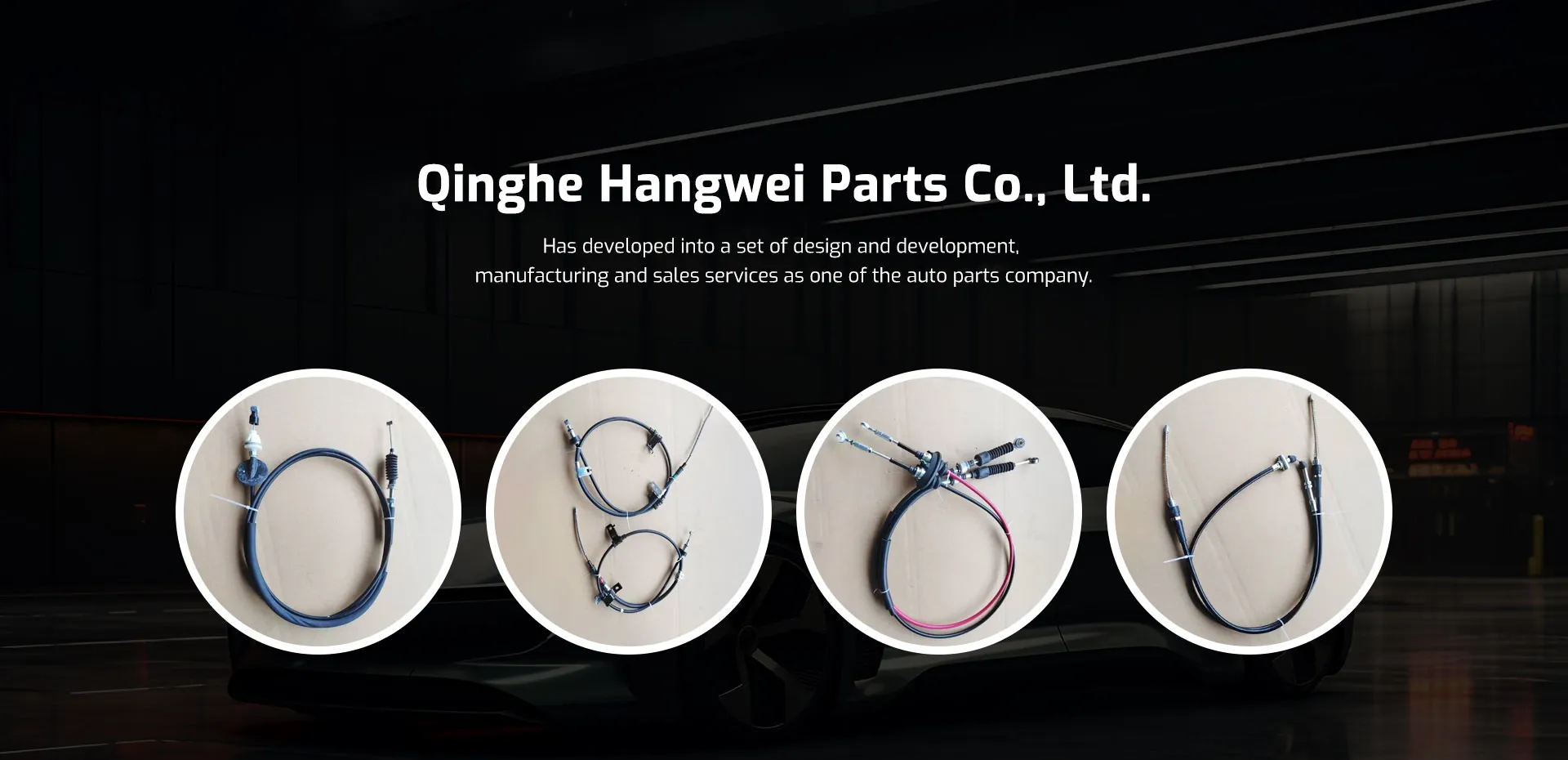Exploring the Functions and Benefits of Inner Gear Cables in Bicycles
Understanding Inner Gear Cable The Unsung Hero of Your Bicycle
When it comes to cycling, much attention is given to the frame, wheels, and high-tech gear shifting systems. However, one essential component often overlooked is the inner gear cable. This seemingly simple piece of equipment plays a critical role in ensuring that your bicycle shifts smoothly and operates efficiently. In this article, we will delve into what inner gear cables are, their importance, how they work, and tips for maintaining them.
What is an Inner Gear Cable?
An inner gear cable is a specialized cable used within the gear shifting system of bicycles. It is typically housed within an outer casing, preventing dirt and grime from affecting performance. This cable transmits the force exerted by the shifters on the handlebars to the gear derailleurs located at the front and rear of the bicycle. When you shift gears, the inner cable pulls or releases, causing the derailleur to move and adjust the position of the chain on the sprockets.
The Importance of Inner Gear Cables
While they may be small and often taken for granted, inner gear cables are vital for the overall performance of your bike. A well-functioning inner gear cable ensures smooth, precise shifting, allowing you to adapt to various terrains with ease. Poorly maintained or damaged cables can lead to skipping gears, difficulty shifting, or complete failure of the shifting system, which can ruin your ride and compromise safety.
Moreover, the quality of the inner gear cable can significantly affect the overall weight of your bike. Lighter cables can contribute to better performance, especially in competitive cycling scenarios. Therefore, investing in high-quality inner gear cables can enhance not only reliability but also the overall cycling experience.
How Inner Gear Cables Work
The operation of inner gear cables is straightforward yet ingeniously effective. When you twist the shifter or press a button on automatic systems, it pulls the inner cable. This action moves the derailleurs, which in turn shifts the chain from one cog or chainring to another.
inner gear cable

The efficiency of this system relies heavily on the condition of the cable and its housing. Factors like cable tension, housing alignment, and lubrication play crucial roles in the shifting smoothness. Dirty or frayed cables can lead to friction, making it harder for the derailleur to operate efficiently.
Tips for Maintaining Inner Gear Cables
To ensure your inner gear cable remains in top condition, regular maintenance is key. Here are a few essential tips
1. Routine Inspection Regularly check your inner cables for signs of wear and tear. Look for fraying, rust, or corrosion that could indicate it's time for a replacement.
2. Keep it Clean Dirt and grime can accumulate in the housing and cables, leading to performance issues. Clean them occasionally using a suitable cleaner.
3. Lubricate Applying appropriate lubrication can help reduce friction and ensure smooth operation. Be careful not to over-lubricate, as excess can attract more dirt.
4. Proper Installation If you’re replacing your inner cable, ensure it’s installed correctly to maintain optimal tension and alignment.
5. Stay Updated Knowing when to replace your inner gear cable is vital. Most cables should be replaced annually or after heavy use, depending on riding conditions.
In conclusion, while the inner gear cable may not be the most glamorous aspect of your bike, it certainly is one of the most vital. By understanding its importance and ensuring proper maintenance, you can enjoy smoother rides and better performance. So, next time you shift gears, take a moment to appreciate the engineering behind that little cable working diligently to enhance your cycling experience.
-
Workings of Clutch Pipe and Hose SystemsNewsJun.04,2025
-
The Inner Workings of Hand Brake Cable SystemsNewsJun.04,2025
-
The Secrets of Throttle and Accelerator CablesNewsJun.04,2025
-
The Hidden Lifeline of Your Transmission Gear Shift CablesNewsJun.04,2025
-
Demystifying Gear Cables and Shift LinkagesNewsJun.04,2025
-
Decoding Clutch Line Systems A Comprehensive GuideNewsJun.04,2025
